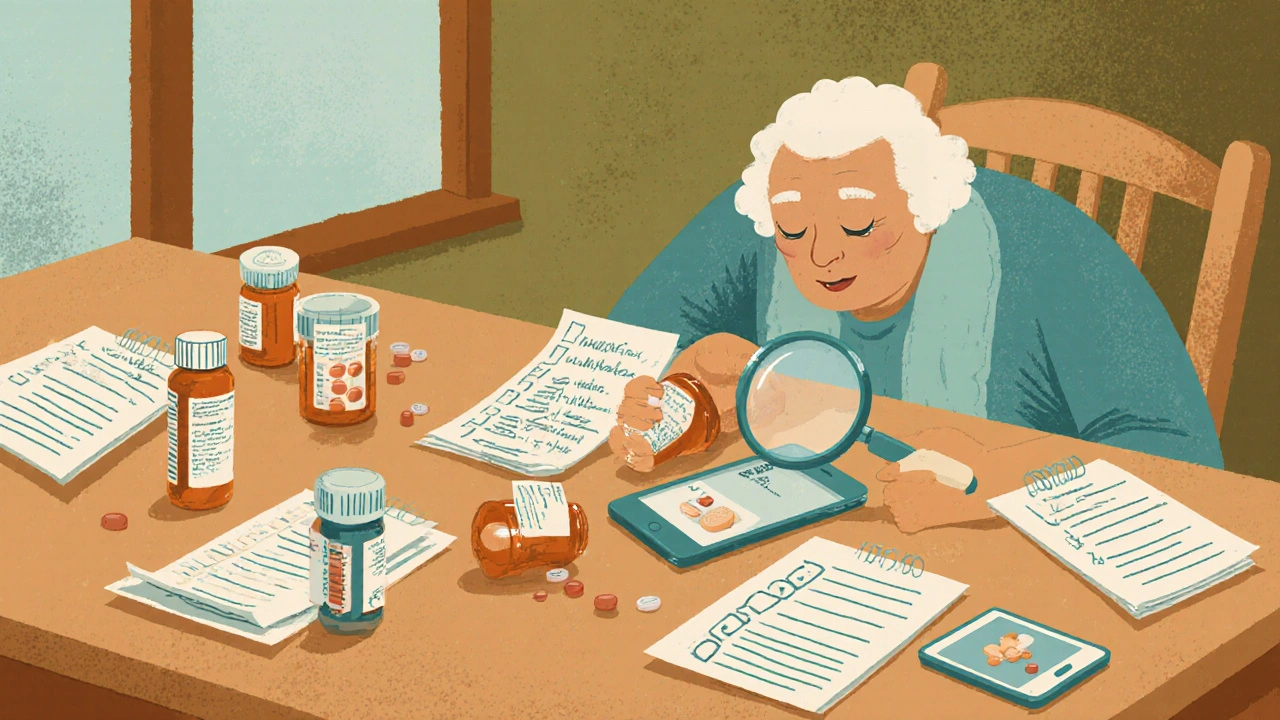Sinus Health: Easy Ways to Keep Your Nose Clear and Comfortable
If you’ve ever felt a pressure headache, a blocked nose, or a lingering cough, you’ve probably dealt with sinus issues. The good news is that you don’t need a doctor’s visit for every sneeze or drip. Simple habits, over‑the‑counter options, and a few lifestyle tweaks can keep your sinuses working well.
Why Sinus Problems Happen
Sinuses are air‑filled spaces inside your skull that connect to the nose. When the lining swells, mucus can’t drain, and you get that blocked feeling. Common triggers are colds, allergies, dry air, and even smoking. Knowing what’s causing the swelling helps you pick the right fix.
Everyday Steps to Relieve Congestion
1. Steam inhalation – Fill a bowl with hot water, lean over it, and cover your head with a towel. Breathe deeply for 5‑10 minutes. The warm vapor loosens mucus and opens passages.
2. Saline rinse – Use a neti pot or squeeze bottle with a saline solution. Flush each nostril gently. This clears out allergens and reduces swelling without any medication.
3. Stay hydrated – Drinking water thins mucus, making it easier to clear. Aim for at least eight glasses a day, and sip warm teas with honey for extra soothing.
4. Humidify your room – A bedside humidifier adds moisture to dry winter air, preventing the lining from drying out and getting irritated.
5. Elevate your head while sleeping – A couple of pillows keep mucus from pooling in the back of the throat, reducing nighttime congestion.
If these basics don’t help within a few days, consider mild over‑the‑counter options. Decongestant nasal sprays (like oxymetazoline) work fast but should not be used longer than three days to avoid rebound swelling. Oral decongestants such as pseudoephedrine can reduce pressure, but talk to a pharmacist if you have high blood pressure.
For allergy‑related sinus trouble, antihistamines (loratadine or cetirizine) can keep the lining calm. Mast cell stabilizer sprays, like cromolyn, are another safe choice for daily use.
When you suspect a bacterial sinus infection – the pain lasts more than a week, you have fever, or thick yellow‑green discharge – it’s time to see a doctor. They may prescribe a short course of antibiotics, such as amoxicillin, but many infections improve on their own with the home care steps above.
Remember, the best sinus plan mixes clean air, proper hydration, and smart use of OTC products. Keep a small kit with saline solution, a gentle nasal spray, and a humidifier plug‑in so you’re ready whenever congestion strikes.
Got a specific sinus question? Our medication guides cover everything from safe nasal sprays to how to choose the right antihistamine. Browse the tag page for more detailed articles that match your needs.




